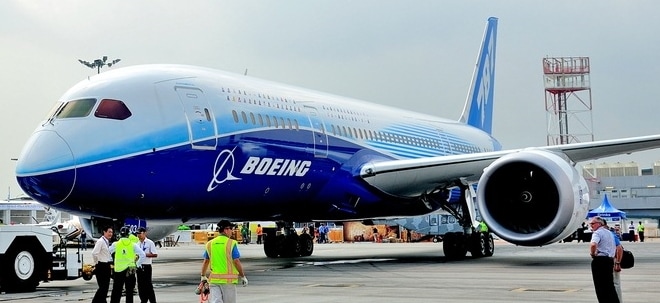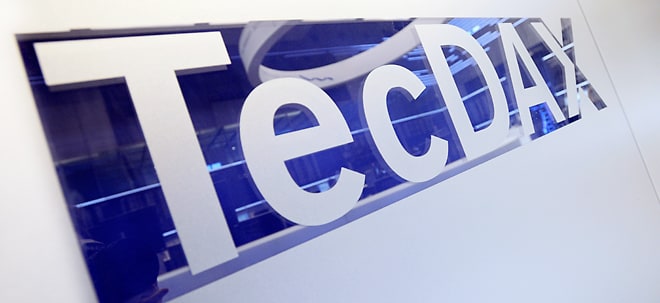Sitoa Global Announces Exclusive Letter of Intent With UC San Francisco, New Business Strategy and Corporate Restructuring
HONG KONG, CHINA--(Marketwired - Nov 25, 2013) - Sitoa Global Inc. ("Sitoa Global", or "the Company") (OTCQB: STOA) announced today that it entered into an exclusive letter of intent ("LOI") with the University of California, San Francisco ("UCSF") to negotiate an option agreement in regards to the exclusive global licensing of a medical stereotactic device (the "Device") which the Company believes has the potential to revolutionize the delivery of stem cells into the human brain and enhance the efficacy of a wide range of stem cell therapeutics. Beyond stem cells, the platform technology of the device can also enable the delivery of cellular therapeutics, gene therapies, and traditional drug infusions into the human brain.
The Stem Cell industry is one of the fastest growing and most compelling areas in medicine with numerous companies and research institutions spending hundreds of millions of dollars per year on the development of new therapies and devices. The Company believes that the Device could become the preferred tool for the deployment of stem cells into the human brain for any company or clinician conducting clinical trials and providing experimental treatment in this field. Therefore, the use of the Device could become analogous to the use of 'picks and shovels' during the historical gold rush and allow the Company to pursue such a picks-and-shovels business model and to participate in the growth of the Stem Cell industry as a provider of tools and resources.
The LOI with UCSF and the impending change in business strategy is expected to enable the Company to enter an exciting and high growth industry that is experiencing rapid growth and significant private and public funding opportunities. As a result, the Company is expected to undergo a corporate restructuring in order to enhance shareholder value, to dispose of all its e-commerce and software businesses, and to add industry-relevant expertise to the management team and board.
The Opportunity in the Stem Cell Market
There are numerous companies worldwide that are currently doing research with Regenerative Medicine and Stem Cell technologies. According to the VisionGain Stem Cell Industry Report 2012-2013, the estimated market size for regenerative medicine is $10.7 billion in 2017 ramping up to approx. $22 billion by 2020.
About The Device
Over 9 million patients in the United States suffer from a wide range of neurological disorders including Alzheimer's disease, Parkinson's disease, epilepsy, and multiple sclerosis. Promising stem cell therapies for these disorders are being developed, but most require direct delivery of such cell-based therapeutics to specific brain regions.
Currently available neurosurgical devices can deliver a straight, rigid needle to single brain locations. However, this basic strategy limits the size and "shape" of the brain treatment area. In order to deliver to larger and more complex brain targets, the surgeon needs to penetrate the brain multiple times with such straight needles, which may reduce the efficacy of stem cell therapeutics and increase the risk of bleeding and stroke.
The Device enables the radial deployment of a flexible delivery catheter to large and anatomically complex brain targets through a single initial brain penetration. Thus, the Device allows clinicians to "tailor" therapeutic stem cell delivery to individual patient anatomy and specific disease targets, which may enhance the efficacy of a wide range of stem cell therapies. This modern and "easy to use" platform technology allows "real-time" monitoring of therapeutic delivery under interventional MRI guidance (iMRI), which can improve the accuracy of cell delivery, reduce the risk of complications, and increase patient safety.
To date, the Device has been developed at UCSF with $1.8 million in funding from the California Institute for Regenerative Medicine (CIRM). This initial funding of basic research and development has alleviated much of the early risk associated with developing a new breakthrough technology. It is anticipated that this funding could allow the Device to file for US FDA 510(k) approval by the middle of 2014.
The California Institute for Regenerative Medicine was created by California's Proposition 71 in 2004, which authorized it to issue $3 billion in grants over ten years for embryonic stem cell and other biomedical research. It is believed to be the world's largest single backer of research in stem cells.
UCSF has a patent application filed and pending on the intellectual property of the Device.
About UCSF
The University of California, San Francisco (UCSF) is a leading university dedicated to promoting health worldwide through advanced biomedical research, graduate-level education in the life sciences and health professions, and excellence in patient care. UCSF is the nation's top public recipient of funding from the National Institutes of Health (NIH), in research and education in such areas as cancer, cardiovascular disease, diabetes, infectious diseases, neurology and stem cells. UCSF and each of its schools have ranked among the top four in NIH funding for more than a decade, reflecting the caliber of research and education being performed at the University. |


 Thread abonnieren
Thread abonnieren

